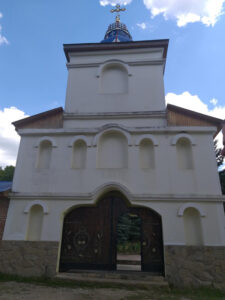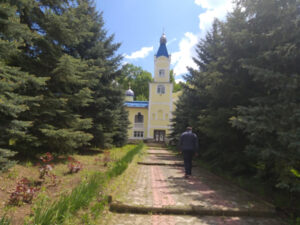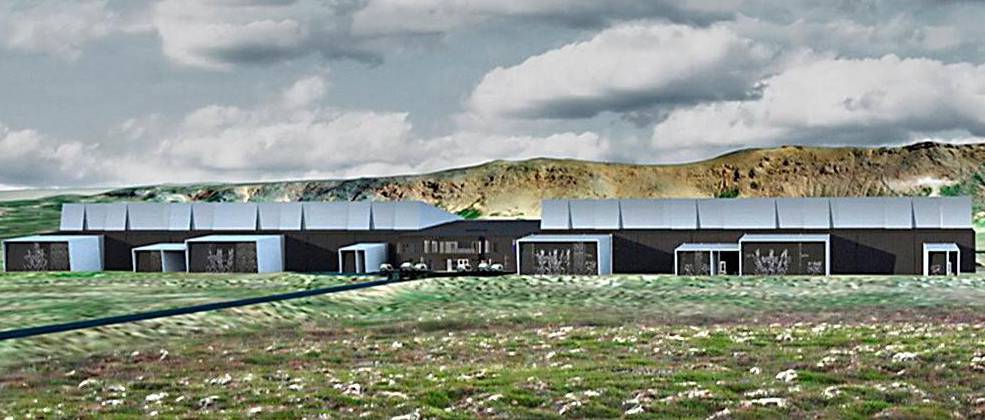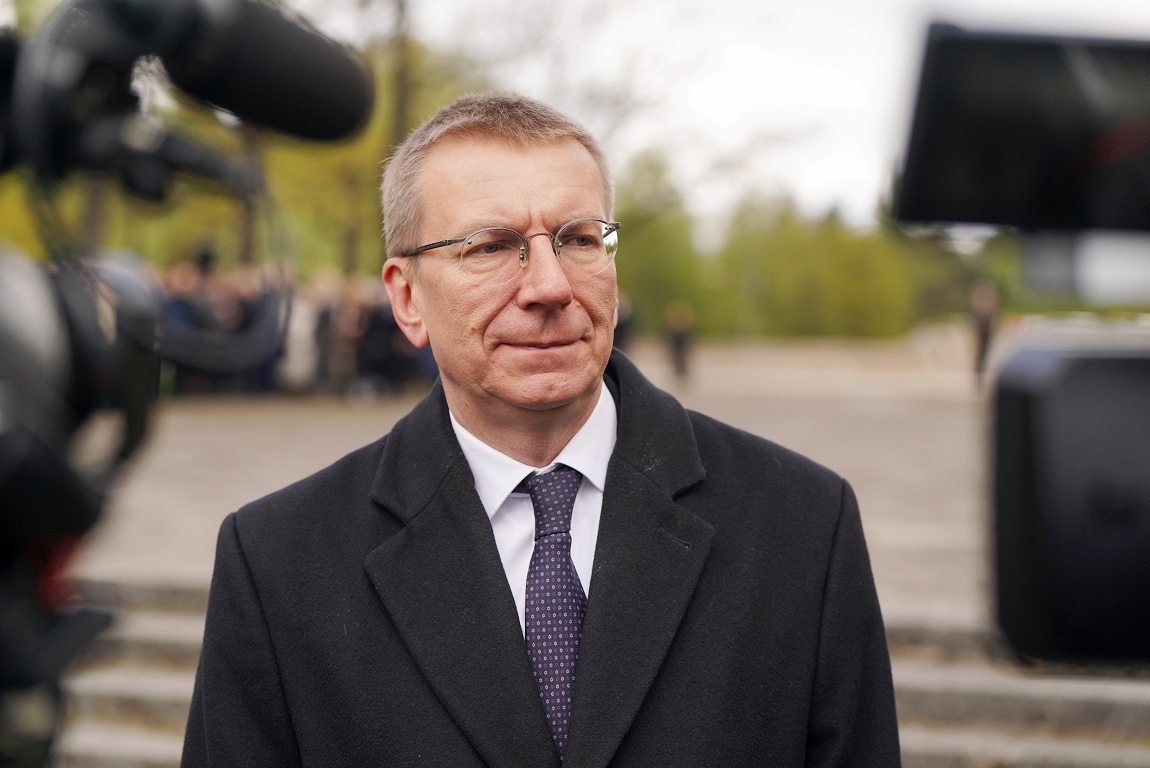The squirrel monastery – the silence that heals – the angle – see the world as it is!
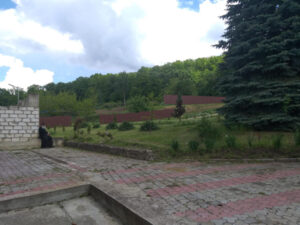
There are places that are waiting for you for decades. The squirrel monastery was such a place for me – a postponed call, a quiet that I did not suspect, but found me exactly when I needed it.
I dreamed of getting here from 2002-2003, when I was a student and I was traveling home with the Chisinau -Gungani train. In one of the travels, I spoke with some women from the village of Verița. They invited me to see a special village for others, but, I never rushed to run to the guests, I let the dream wait. Although I didn’t know anything about that place, I felt a call. It was more than a simple random discussion – it was the seed of a dream that remained there, silent, but present.
And after more than twenty years, I crossed those a few kilometers that separate the Ungheni -Chisinau route, to the village of Verița (it is near the village of Bahmut). I finally arrived at the squirrel, on a May day. Not for documentation, not for any article. I arrived for myself. And what a discovery I made! I understand when you fall in love with tranquility. It is when the jokes of the world get tired, when words can no longer cover what you feel and when your soul requires rest, not explanations. You fall in love with tranquility in a place where time does not run, but stays in place to breathe deeply, where the wind, the leaf, the step and the prayer do not bother, but they comprise you. Where no one asks you anything, but you feel you found the answer.
At the gate of peace
I imagined that the monastery is somewhere withdrawn, hidden from the world. But no. It is right at the entrance to the village and welcomes you as a « welcome » spoken in a whisper. We got out of the car and told myself that this is how the peace looks like: forest, church, cells. Although not far away, no animal, no animal, were heard. Everything was quiet. I entered the monastery’s yard, I crossed it admiring the ruins of the old monastic settlement and the fir tree. In the quiet church, there was a smell of canteen, but no noise of vessels. We climbed a few steps to get where the jobs are done. He was locked. I searched for someone who can open us. A gentle woman came. The look, the way of speaking and gesture was humility. He explained to us patiently how to pray, what are the right prayers for the sick. He did not judge with the word or his eyes. Moreover, it seems that they apologize that the jobs will last because they do not have a priest to do them more often, but only on holidays and Sundays. We prayed and then we said goodbye.
We decided to see if we can reach Ungheni on a shorter road than the Ungheni-Chisinau route. I entered the village. There are not many houses. On the way I met only two workers, except the woman from the monastery and the old monk, who were not locals. In general, the whole place gives you the impression that people do not come here to live, but to calm down, to take a breath from the daily agitation. Here you see a small pond, beyond a horse that passes. The ogreas are clean. You realize that you are in the village center after the club building. The two men told us that the road leading to Sinești is not practicable because on the eve it had rained and we decided to return to the route.
A history encrusted in suffering
The monastery was founded between 1922-1924, at the initiative of Archimandrite Ghenadie Vornicescu, and bears the dedication « Mother of the Lord – the joy of all the trees ». The name is not accidental – this place knows and preserves in its walls a history of suffering and rebirth.
In 1948, he became a sketch of the Căpriana monastery, and in 1952, the Soviet regime closes it. The monks are arrested or flee. Two of them – Tarasie and Antonie – choose to stay in the village, but disappear in unquestioned circumstances. It is assumed that they were killed after 1960.
There is a harsh period. The church is transformed into a warehouse, then into the stable. In 1985, a fire was almost completely consumed. Only the walls remain – silent witnesses of decay.
Renaissance in silence
In 1993, the place returns to life – first as a monastery, then, since 1995, as a monastery of monks. Near the ruin of the old church was built a winter church, in a sober Russian style, with a 35-meter high gothic bell. The cells, the abbot and the other dependencies complete a simple but harmonious ensemble.
The interior of the winter church is as modest: straight ceiling, walls decorated with icons, a discreet iconostasis. Above the nave rises three towers – signs of hope.
Healing without words
A few days have passed since the visit to the squirrel. Physically they are in Ungheni. But my soul remained there – in the woods of the forest from Vorița, at the threshold of the monastery, in the low voice of a woman who helped me to light the candles, without asking anything. Without judgment in view or voice. Just gentleness. I remained in the light of the candles, in the moved prayer that only tears were saying. In a place where my pain found a form of peace.
The squirrel monastery is not a place known to the hasty tourists. It is not signaled with bright panels. It’s not crowded. But it is alive. And he speaks – through the walls, through the forest, through silence. A silence that sits you, calms you and shows you that you are not alone.
There, on a day when the pain overwhelmed me, I found a comfort that I cannot express in words. An old monk spoke to me, without saying anything. They spoke my ruins. The woman spoke to me in a gentle voice. And, maybe, God spoke to me.
The squirrel monastery is not just a point on the map. It is a place where time stays in place. A place where you can hear what in the world is always covered by noise: tranquility.
Useful information for visitors:
The Verița Monastery is about 70 km from Chisinau or 32 km from Ungheni, near the village of Ververița. It is reached by car on a country road that starts from the Ungheni-Chisinau route (at the exit from the village of Bahmut). Access is free, and religious services are carried out according to the Orthodox ordinance. The monastery does not charge taxes and does not promote mass tourism, but anyone seeking peace is welcome.

